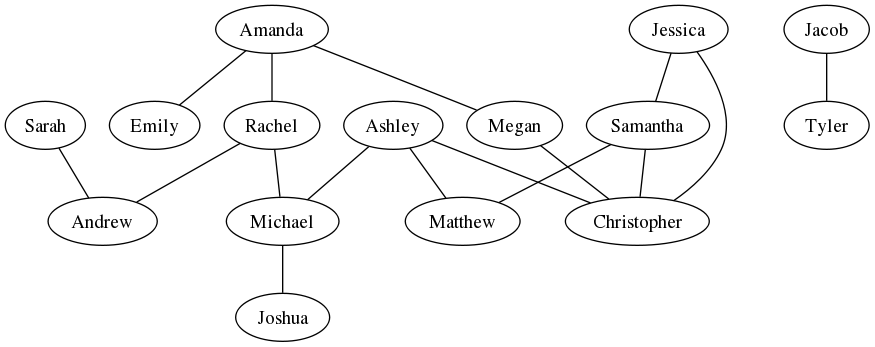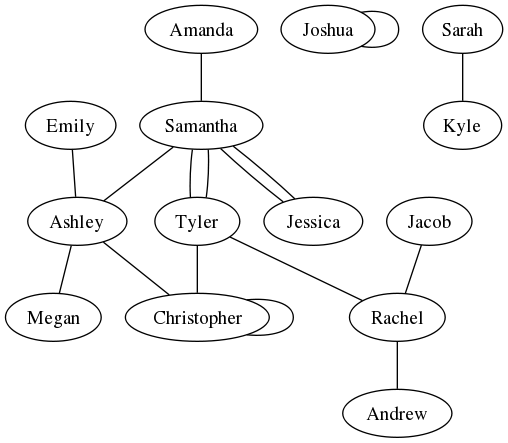for (String word : count.keySet()) {
// process word
}
We would read this as, "for each String word that is in count.keySet()..."
To process the word, we simply print it out along with its count. How do we
get its count? By calling the get method of the map:
for (String word : count.keySet()) {
System.out.println(count.get(word) + "\t" + word);
}
I didn't try to print all of the words in Moby Dick because it would
have produced too much output. Instead, I had it show me the counts of words
in the program itself. Obviously for large files we want some mechanism to
limit the output. At that point I passed out the handout with my commented
solution. In that version, I include some extra code that asks for a minimum
frequency to use. We ran that on Moby Dick and saw this list of words
that occur at least 500 times:
What is the name of the text file? moby.txt
Minimum number of occurrences for printing? 500
4571 a
1354 all
587 an
6182 and
563 are
1701 as
1289 at
973 be
1691 but
1133 by
1522 for
1067 from
754 had
741 have
1686 he
552 him
2459 his
1746 i
3992 in
512 into
1555 is
1754 it
562 like
578 my
1073 not
506 now
6408 of
933 on
775 one
675 or
882 so
599 some
2729 that
14092 the
602 their
506 there
627 they
1239 this
4448 to
551 upon
1567 was
644 were
500 whale
552 when
547 which
1672 with
774 you
One final point I made about the Map interface is that you can associate
just about anything with just about anything. In the word counting program, we
associated strings with integers. You could also associate strings with
strings. One thing you can't do is to have multiple associations in a single
map. For example, if you decide to associate strings with strings, then any
given string can be associated with just a single string. But there's no
reason that you can't have the second value be structured in some way. You can
associate strings with arrays or strings with ArrayLists.Then I mentioned that I wanted to explore a sample program that will constitute a medium hint for the programming assignment. We will begin looking at the program in this lecture and finish it up in the next lecture.
The sample program involves keeping track of friendships. You could think of it as keeping track of Facebook friends. One of the first questions that comes up is how do we represent friendships? For example, are friendships bidirectional? If person A is friends with person B, does that mean that person B is friends with person A? For our purposes, we will assume the answer is yes. If we were trying to represent something like "is attracted to", then we'd come to a different conclusion, but for friends, just like on Facebook and other social networking sites, friendship goes both ways.
I said that a good way to visualize friendships is to draw a graph in which each person is represented with a node (an oval) and each friendship is represented by an edge connecting two nodes (a line drawn between two ovals). I am using a program called Graphviz, which is an open-source graph viewer.. For example, here is a sample friendship graph:

This information is stored in a file with lines that list pairs of friendships, as in:
graph {
Amanda -- Emily
Amanda -- Megan
Amanda -- Rachel
Ashley -- Christopher
Ashley -- Matthew
Ashley -- Michael
Jacob -- Tyler
Jessica -- Christopher
Jessica -- Samantha
Megan -- Christopher
Michael -- Joshua
Rachel -- Andrew
Rachel -- Michael
Samantha -- Christopher
Samantha -- Matthew
Sarah -- Andrew
}
The task of generating a sample file like this to work with is itself an
interesting task that I solved using the Java collections. I began with the
following program:
import java.io.*;
import java.util.*;
public class FriendsData {
public static void main(String[] args) throws FileNotFoundException {
String[] names = {"Jessica", "Ashley", "Sarah", "Amanda", "Samantha",
"Emily", "Rachel", "Megan", "Michael", "Jacob",
"Tyler", "Joshua", "Christopher", "Andrew",
"Matthew", "Kyle"};
PrintStream output = new PrintStream(new File("friends.dot"));
output.println("graph {");
Random r = new Random();
for (int count = 0; count < names.length; count++) {
int i = r.nextInt(names.length);
int j = r.nextInt(names.length);
output.println(" " + names[i] + " -- " + names[j]);
}
output.println("}");
}
}
I am using the 8 most popular names given to girls and boys who were born in
the state of Washington in 1992. The program creates a list of friendships
that is just as long as the list of names. Since friendships go both
directions, this will give each person an average of two friendships. The code
uses a random number generator to randomly pick two people and list them as
friends in the output. Unfortunately, this program has several flaws. It
allows people to be friends with themselves and it allows people to have
multiple friendships. So when we run this program and open the file in
Graphviz, we get graphs like this:

Joshua is friends with himself and friendships like Samantha/Tyler are listed more than once. So we have to figure out how to stop these errors from happening. Someone mentioned that we can fix the problem of people being listed as friends of themselves by making sure that in our loop, we reject any result where i and j are equal.
This still leaves several issues to resolve. For example, how do we easily recognize friendship pairs that are reversed? These two lines of output look different, but in fact they represent a duplicate:
Samantha -- Tyler
Tyler -- Samantha
At that point we were out of time, so I said we would finish this in the next
lecture.
Stuart Reges Last modified: Fri Apr 8 08:25:56 PDT 2011